Rumford Prize on:
[Wikipedia]
[Google]
[Amazon]
 Founded in 1796, the Rumford Prize, awarded by the
Founded in 1796, the Rumford Prize, awarded by the
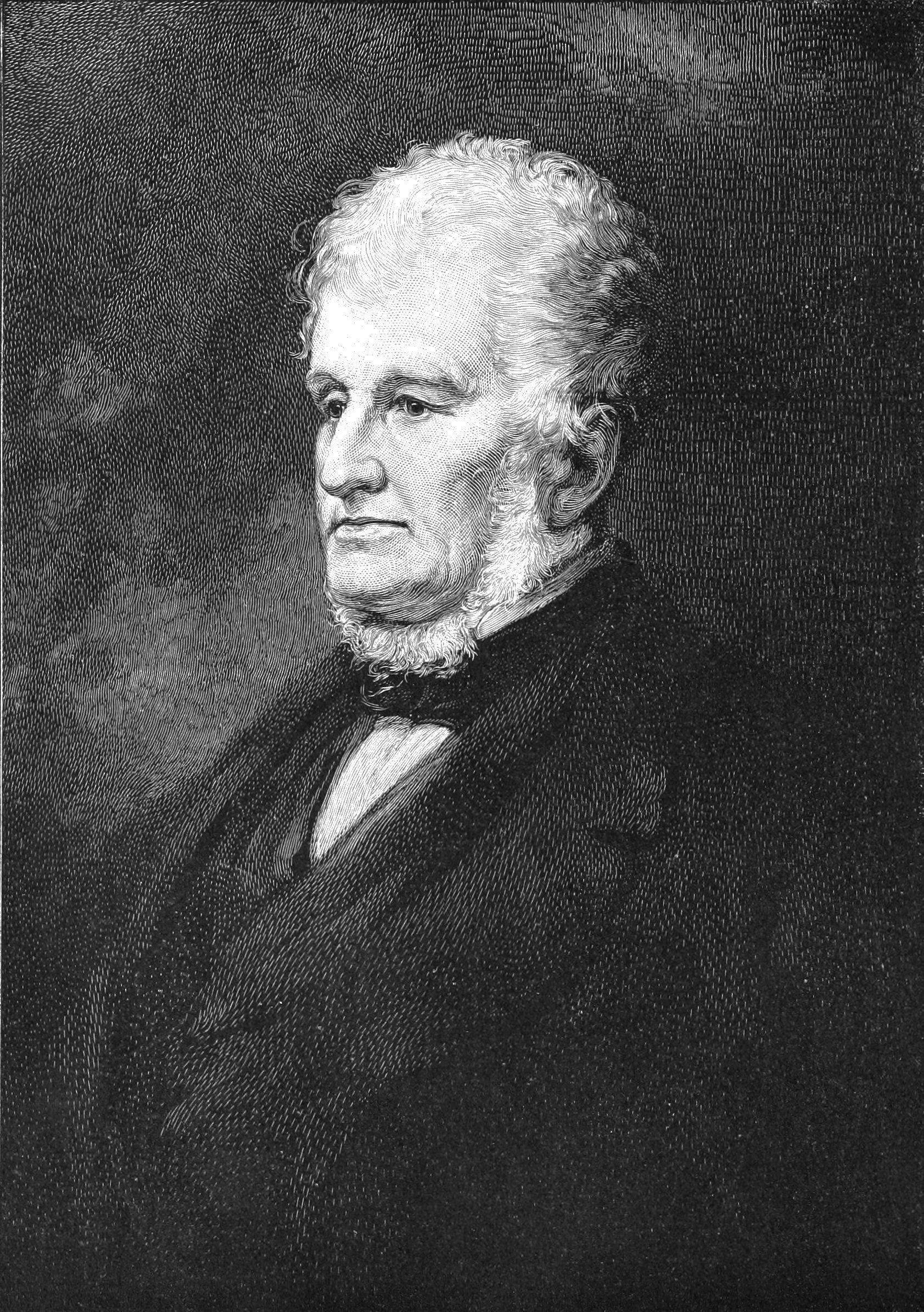
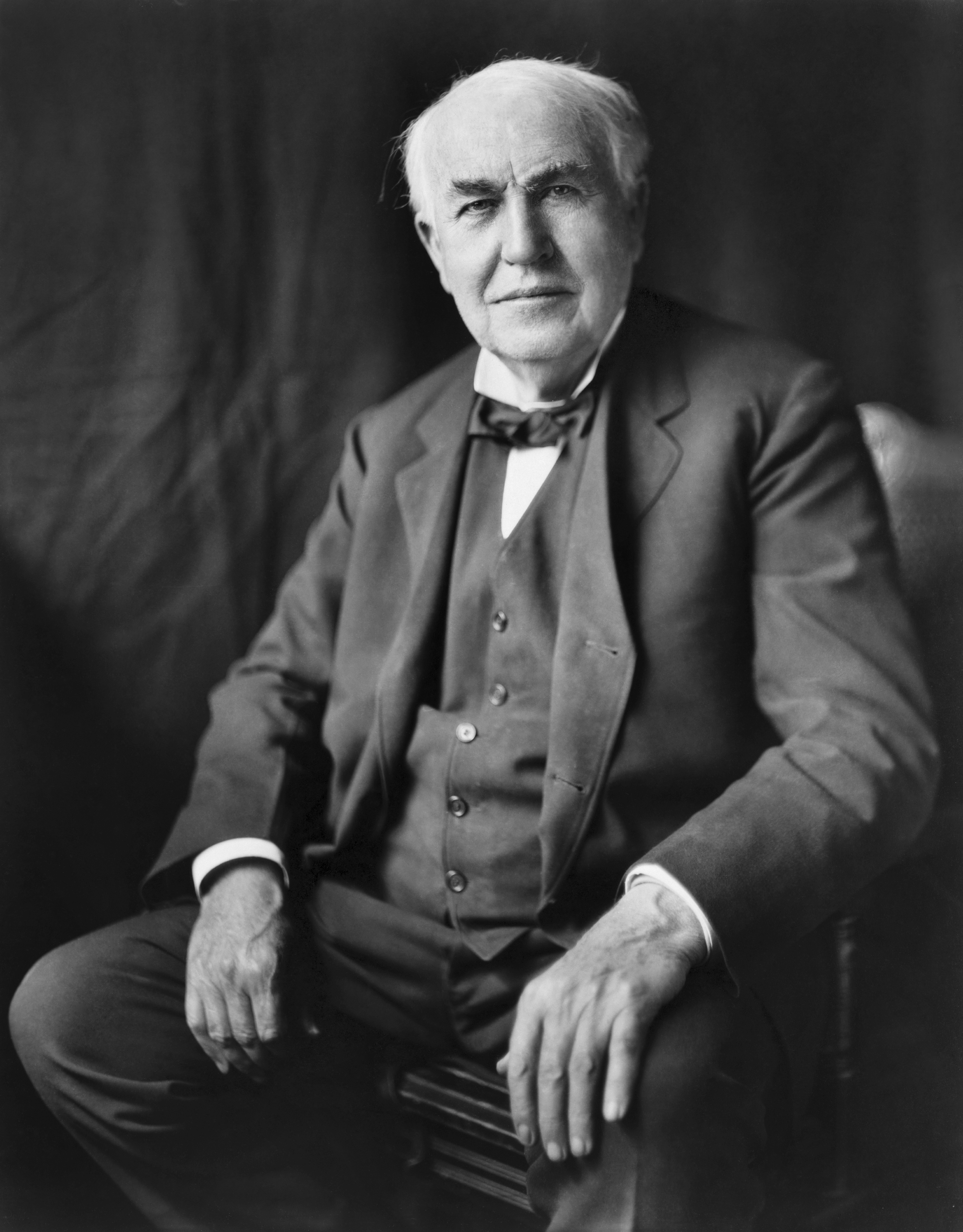
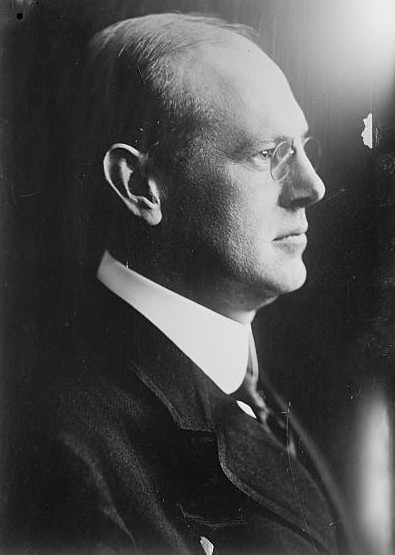
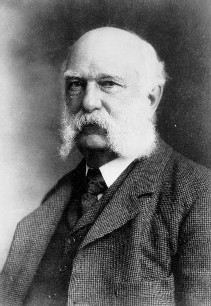

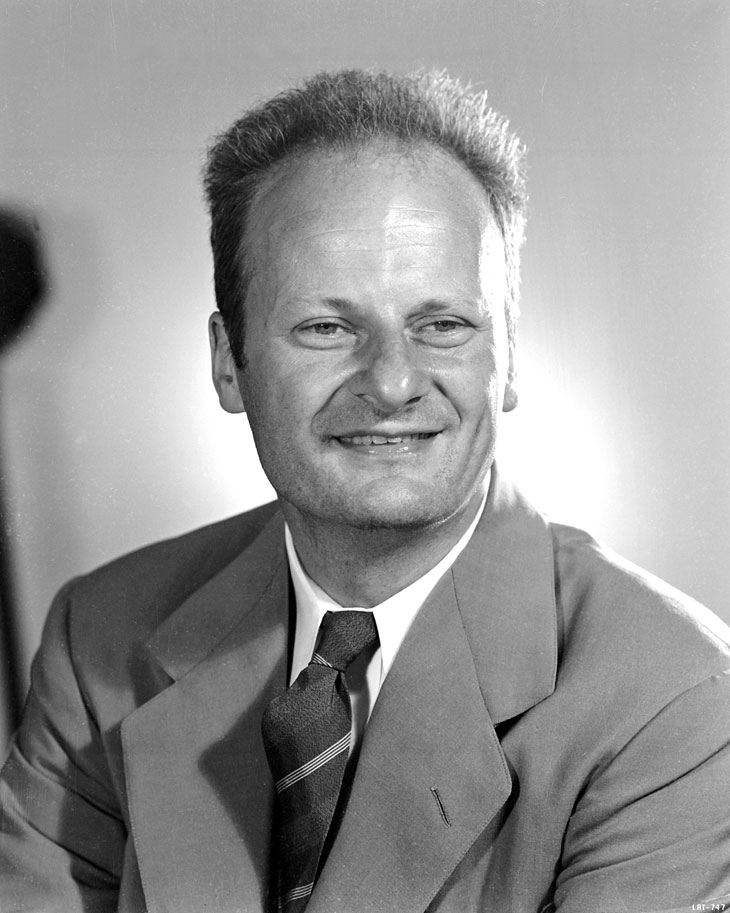

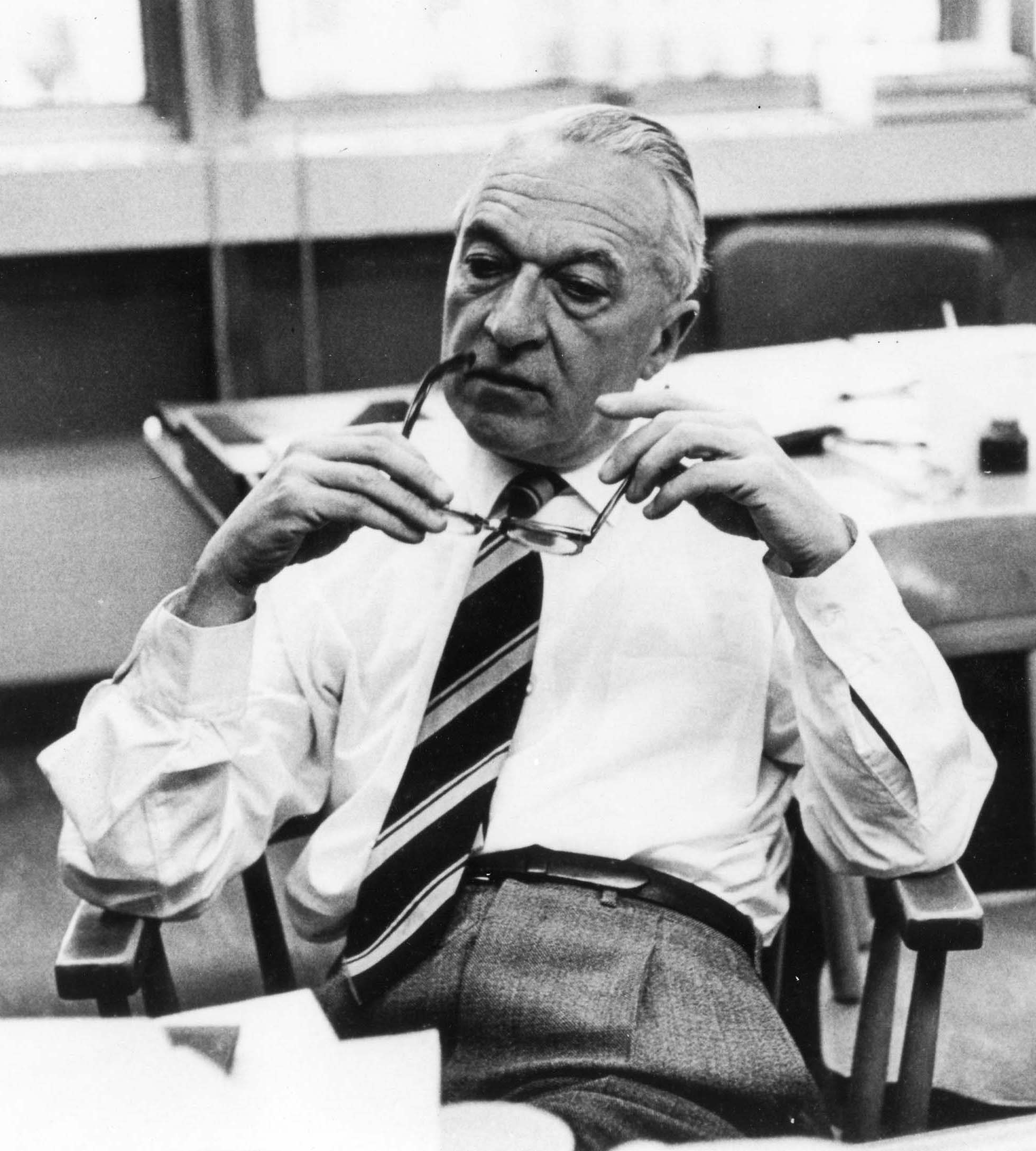

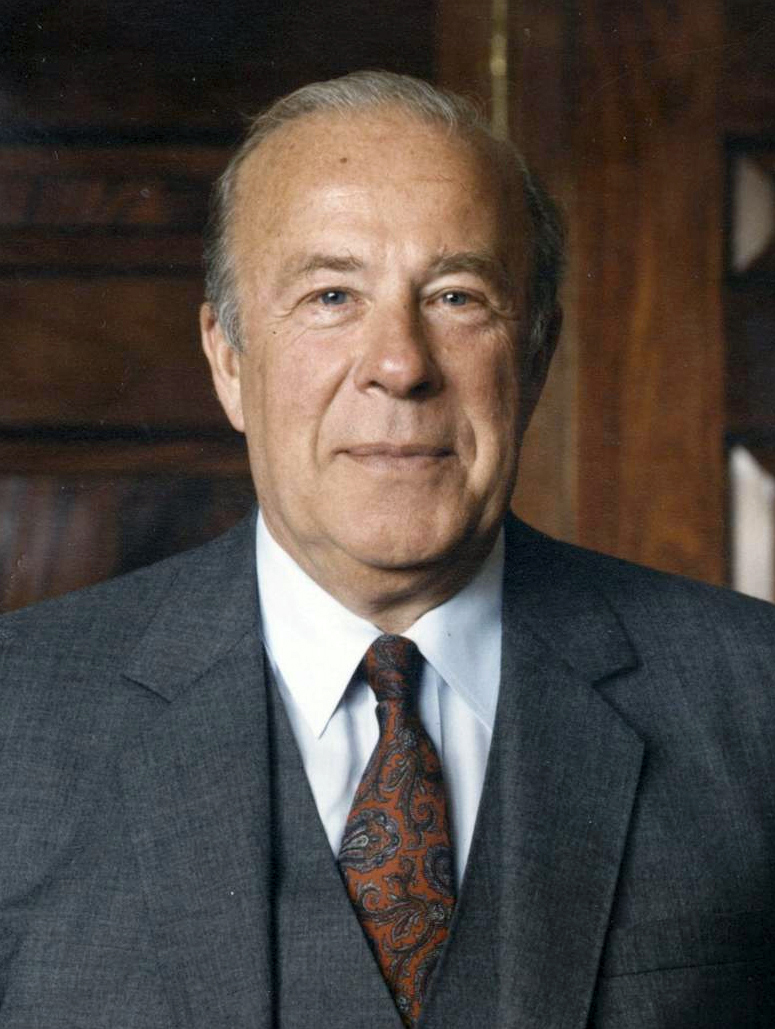 Source
Source
American Academy of Arts and Sciences: Past Prizes
 Founded in 1796, the Rumford Prize, awarded by the
Founded in 1796, the Rumford Prize, awarded by the American Academy of Arts and Sciences
The American Academy of Arts and Sciences (abbreviation: AAA&S) is one of the oldest learned societies in the United States. It was founded in 1780 during the American Revolution by John Adams, John Hancock, James Bowdoin, Andrew Oliver, and ...
, is one of the oldest scientific prizes in the United States. The prize recognizes contributions by scientists to the fields of heat and light. These terms are widely interpreted; awards range from discoveries in thermodynamics
Thermodynamics is a branch of physics that deals with heat, work, and temperature, and their relation to energy, entropy, and the physical properties of matter and radiation. The behavior of these quantities is governed by the four laws of the ...
to improvements in the construction of steam boiler
Steam is a substance containing water in the gas phase, and sometimes also an aerosol of liquid water droplets, or air. This may occur due to evaporation or due to boiling, where heat is applied until water reaches the enthalpy of vaporization. ...
s.
The award was created through the endowment of US$
The United States dollar (symbol: $; code: USD; also abbreviated US$ or U.S. Dollar, to distinguish it from other dollar-denominated currencies; referred to as the dollar, U.S. dollar, American dollar, or colloquially buck) is the official ...
5,000 to the Academy by Benjamin Thompson
Sir Benjamin Thompson, Count Rumford, FRS (german: Reichsgraf von Rumford; March 26, 1753August 21, 1814) was an American-born British physicist and inventor whose challenges to established physical theory were part of the 19th-century revolut ...
, who held the title "Count Rumford of the United Kingdom," in 1796. The terms state that the award be given to "authors of discoverie's in any part of the Continent of America, or in any of the American islands." Although it was founded in 1796, the first prize was not given until 1839, as the academy could not find anyone who, in their judgement, deserved the award. The academy found the terms of the prize to be too restrictive, and in 1832 the Supreme Court of Massachusetts
The Massachusetts Supreme Judicial Court (SJC) is the court of last resort, highest court in the Commonwealth (U.S. state), Commonwealth of Massachusetts. Although the claim is disputed by the Supreme Court of Pennsylvania, the SJC claims the di ...
allowed the Academy to change some of the provisions; mainly, the award was to be given annually instead of biennially, and the Academy was allowed to award the prize as it saw fit, whereas before it had to give it yearly. The first award was given to Robert Hare, for his invention of the oxy-hydrogen
Oxyhydrogen is a mixture of hydrogen (H2) and oxygen (O2) gases. This gaseous mixture is used for torches to process refractory materials and was the first
gaseous mixture used for welding. Theoretically, a ratio of 2:1 hydrogen:oxygen is enough ...
blowpipe, in 1839. Twenty-three years elapsed before the award was given a second time, to John Ericsson
John Ericsson (born Johan Ericsson; July 31, 1803 – March 8, 1889) was a Swedish-American inventor. He was active in England and the United States.
Ericsson collaborated on the design of the railroad steam locomotive ''Novelty'', which com ...
.
The prize is awarded whenever the academy recognizes a significant achievement in either of the two fields. Awardees receive a gold-and-silver medal. Previous prizewinners include Thomas Alva Edison
Thomas Alva Edison (February 11, 1847October 18, 1931) was an American inventor and businessman. He developed many devices in fields such as electric power generation, mass communication, sound recording, and motion pictures. These invention ...
, for his investigations in electric lighting
An electric light, lamp, or light bulb is an electrical component that produces light. It is the most common form of artificial lighting. Lamps usually have a base made of ceramic, metal, glass, or plastic, which secures the lamp in the soc ...
; Enrico Fermi
Enrico Fermi (; 29 September 1901 – 28 November 1954) was an Italian (later naturalized American) physicist and the creator of the world's first nuclear reactor, the Chicago Pile-1. He has been called the "architect of the nuclear age" and ...
, for his studies of radiation theory and nuclear energy
Nuclear energy may refer to:
*Nuclear power, the use of sustained nuclear fission or nuclear fusion to generate heat and electricity
* Nuclear binding energy, the energy needed to fuse or split a nucleus of an atom
*Nuclear potential energy
...
; and Charles H. Townes
Charles Hard Townes (July 28, 1915 – January 27, 2015) was an American physicist. Townes worked on the theory and application of the maser, for which he obtained the fundamental patent, and other work in quantum electronics associated wi ...
, for his development of the laser
A laser is a device that emits light through a process of optical amplification based on the stimulated emission of electromagnetic radiation. The word "laser" is an acronym for "light amplification by stimulated emission of radiation". The fir ...
. One man, Samuel Pierpont Langley
Samuel Pierpont Langley (August 22, 1834 – February 27, 1906) was an American aviation pioneer, astronomer and physicist who Invention, invented the bolometer. He was the third secretary of the Smithsonian Institution and a professor of a ...
, has won both the Rumford Prize and the related Rumford Medal
The Rumford Medal is an award bestowed by Britain's Royal Society every alternating year for "an outstandingly important recent discovery in the field of thermal or optical properties of matter made by a scientist working in Europe".
First awar ...
(the European equivalent of the Rumford Prize), both in 1886. The most recent award was given in 2021 to Charles L. Bennett
Charles L. Bennett (born November 1956) is an American observational astrophysicist. He is a Bloomberg Distinguished Professor, the Alumni Centennial Professor of Physics and Astronomy and a Gilman Scholar at Johns Hopkins University. He is t ...
for his contributions to cosmology
Cosmology () is a branch of physics and metaphysics dealing with the nature of the universe. The term ''cosmology'' was first used in English in 1656 in Thomas Blount (lexicographer), Thomas Blount's ''Glossographia'', and in 1731 taken up in ...
. The prize has been given to researchers outside of the United States only twice—once to John Stanley Plaskett
John Stanley Plaskett (November 17, 1865 – October 17, 1941) was a Canadian astronomer.
Career
He worked as a machinist, and was offered a job as a mechanician at the Department of Physics at the University of Toronto, constructing appar ...
, from British Columbia, and once to a group of Canadian scientists "for their work in the field of long-baseline interferometry."
List of recipients









 Source
SourceAmerican Academy of Arts and Sciences: Past Prizes
See also
*List of physics awards
This list of physics awards is an index to articles about notable awards for physics.
The list includes lists of awards by the American Physical Society of the United States, and of the Institute of Physics of the United Kingdom, followed by a lis ...
References and notes
{{featured list Physics awards 1796 establishments in the United States Awards of the American Academy of Arts and Sciences